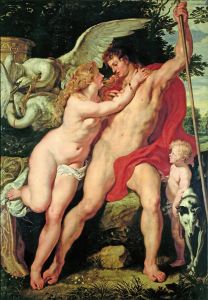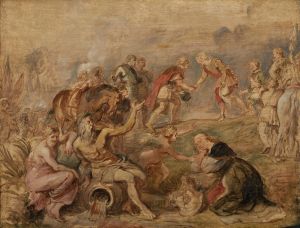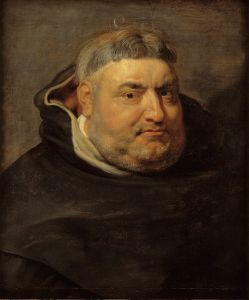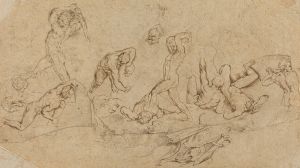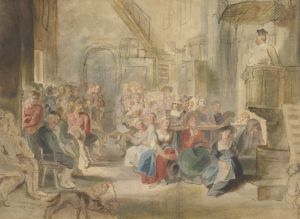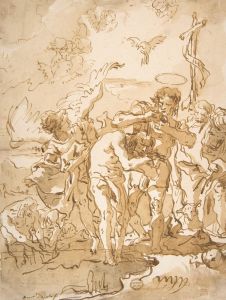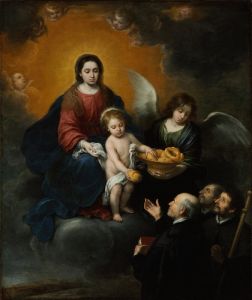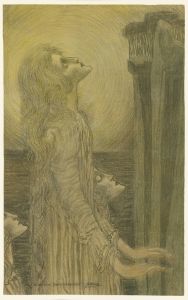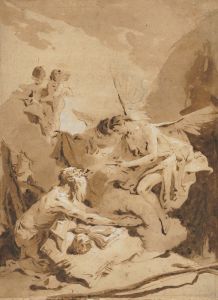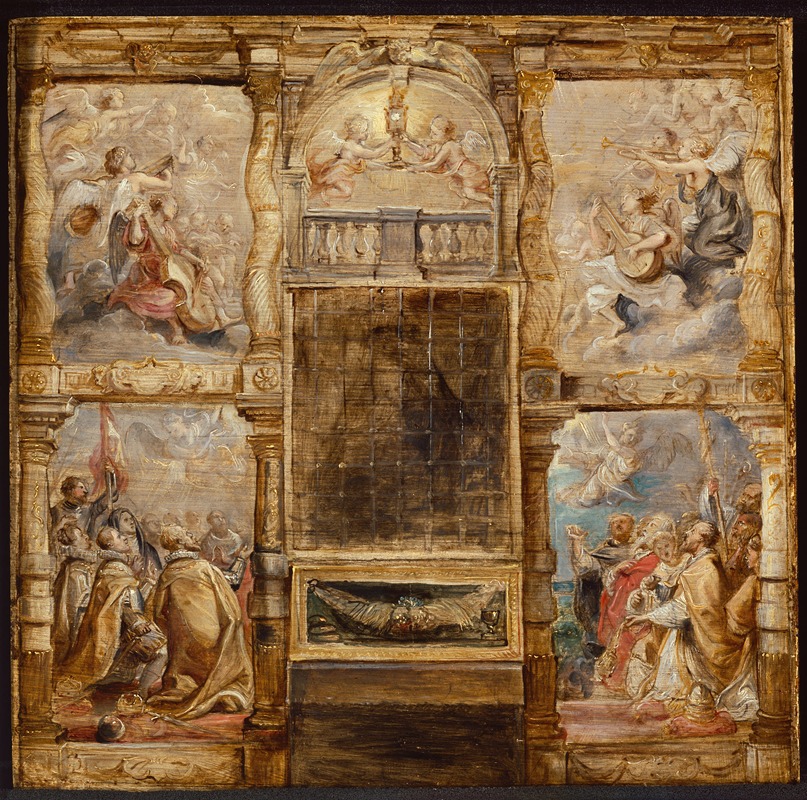
The Adoration of the Eucharist
A hand-painted replica of Peter Paul Rubens’s masterpiece The Adoration of the Eucharist, meticulously crafted by professional artists to capture the true essence of the original. Each piece is created with museum-quality canvas and rare mineral pigments, carefully painted by experienced artists with delicate brushstrokes and rich, layered colors to perfectly recreate the texture of the original artwork. Unlike machine-printed reproductions, this hand-painted version brings the painting to life, infused with the artist’s emotions and skill in every stroke. Whether for personal collection or home decoration, it instantly elevates the artistic atmosphere of any space.
Peter Paul Rubens, a prominent Flemish Baroque painter, is renowned for his dynamic compositions, vibrant color palette, and dramatic use of light and shadow. Among his extensive oeuvre, "The Adoration of the Eucharist" stands out as a significant work that reflects his mastery in religious themes, a common subject in his paintings.
"The Adoration of the Eucharist" was created during a period when Rubens was deeply engaged in producing religious art, often commissioned by churches and religious institutions. This painting exemplifies Rubens' ability to convey complex theological concepts through vivid imagery and emotional intensity. The work is characterized by its depiction of figures in a moment of profound spiritual reverence, centered around the Eucharist, a central element of Catholic worship symbolizing the body of Christ.
In this painting, Rubens employs his signature style, marked by robust figures, dynamic movement, and a rich interplay of colors. The composition likely includes a gathering of saints, clergy, or laypeople, all directed towards the Eucharist, which serves as the focal point of the piece. Rubens' use of light is particularly noteworthy, as it often highlights the Eucharist, drawing the viewer's eye and emphasizing its spiritual significance.
Rubens' religious paintings were not only artistic expressions but also served as didactic tools, intended to inspire devotion and reinforce Catholic doctrine during the Counter-Reformation. His works were instrumental in conveying the Church's messages and were often used to decorate altars and chapels, enhancing the spiritual atmosphere of these sacred spaces.
The painting's historical context is essential to understanding its significance. During the early 17th century, Europe was experiencing the Counter-Reformation, a period of Catholic revival in response to the Protestant Reformation. Art played a crucial role in this movement, with the Catholic Church commissioning works that emphasized its doctrines and rituals. Rubens, being a devout Catholic and a favored artist of the Church, produced numerous works that aligned with these objectives.
While specific details about "The Adoration of the Eucharist" such as its current location or the exact year of its creation might not be readily available, it is clear that the painting embodies the Baroque era's artistic and religious fervor. Rubens' ability to blend theological themes with his dynamic artistic style made him a pivotal figure in Baroque art, and his works continue to be celebrated for their emotional depth and technical brilliance.
In summary, "The Adoration of the Eucharist" by Peter Paul Rubens is a testament to the artist's skill in capturing the essence of religious devotion through art. It reflects the broader cultural and religious currents of its time, serving both as a masterpiece of Baroque painting and as a historical document of the Catholic Church's artistic patronage during the Counter-Reformation.






